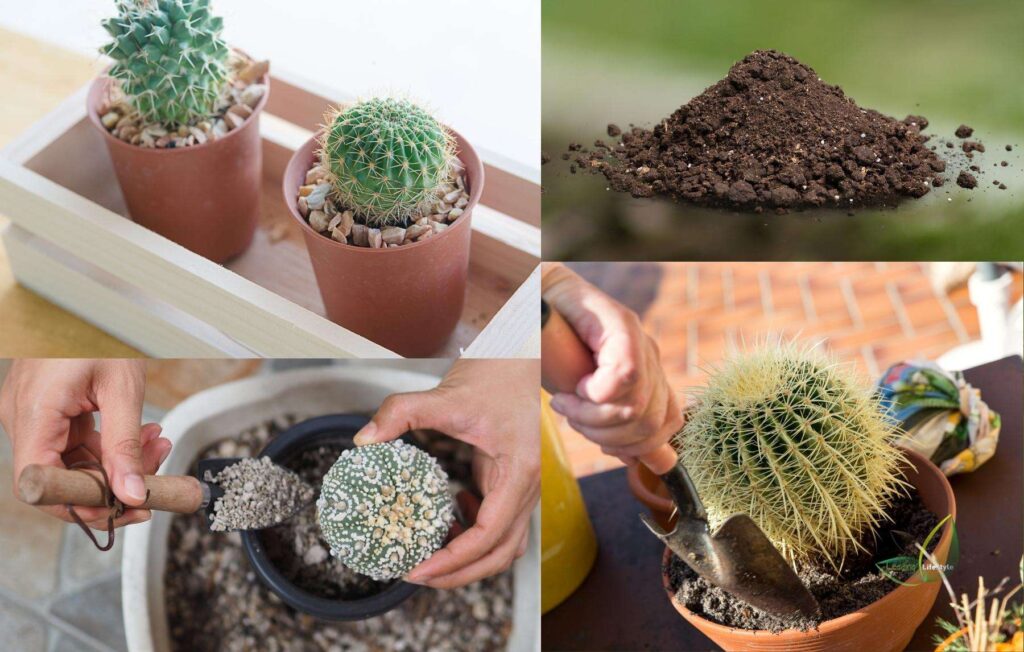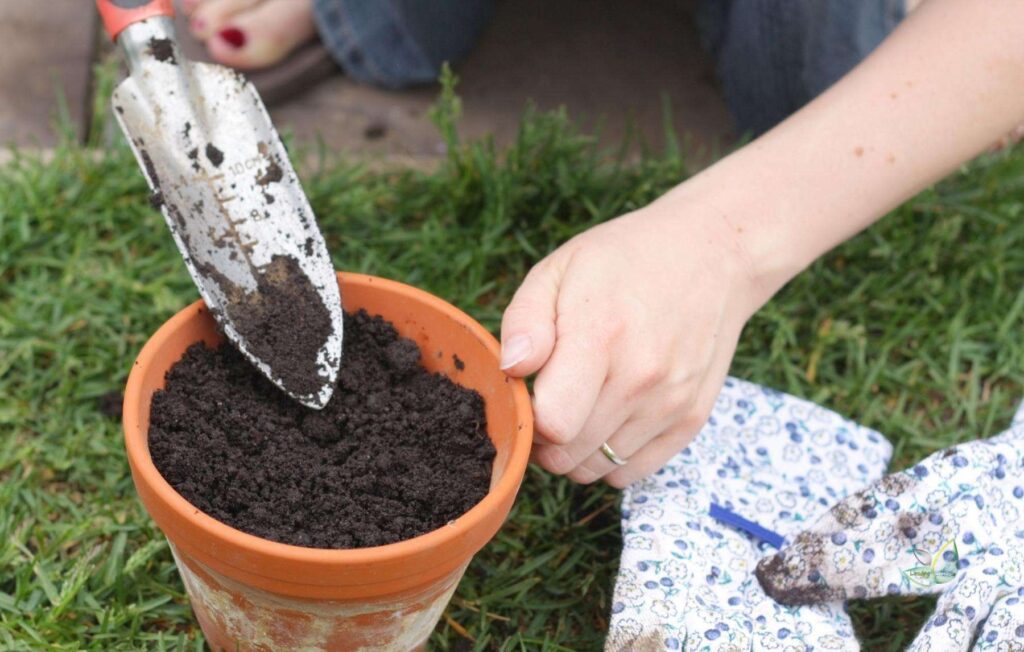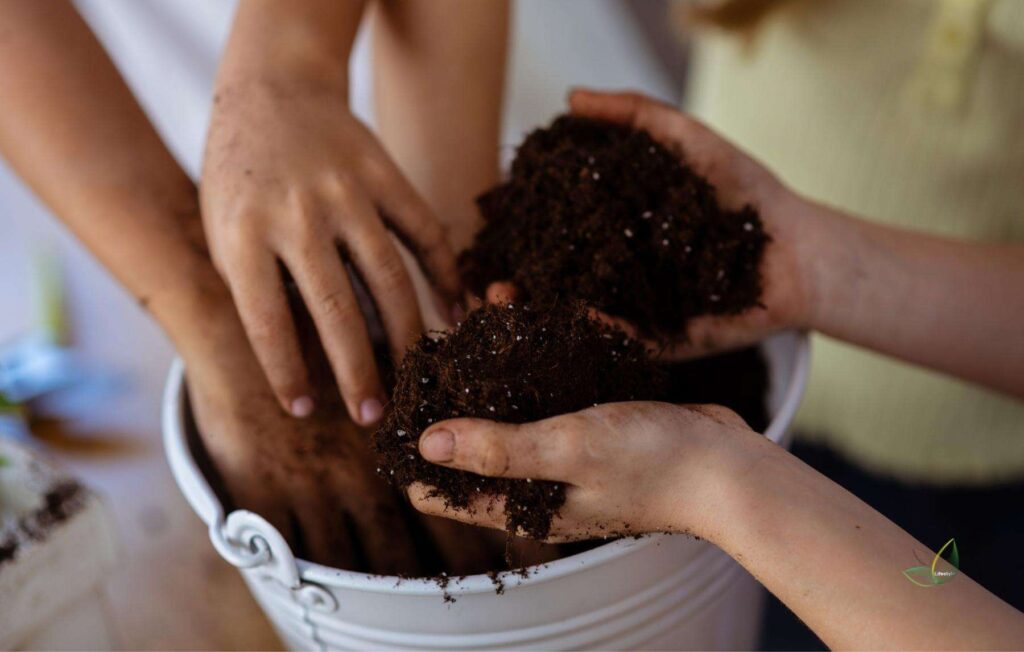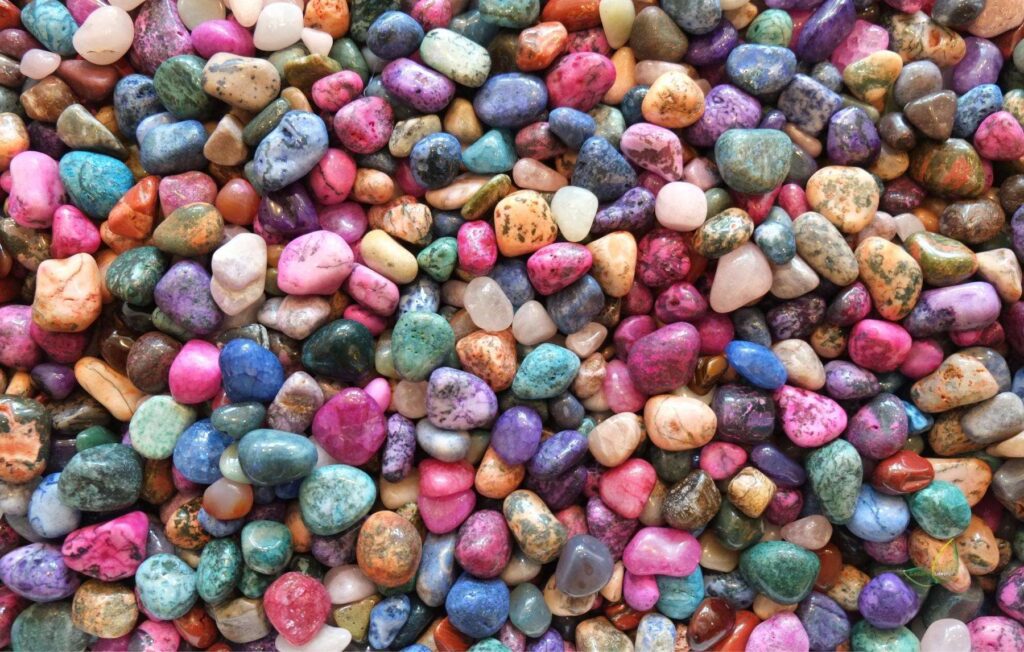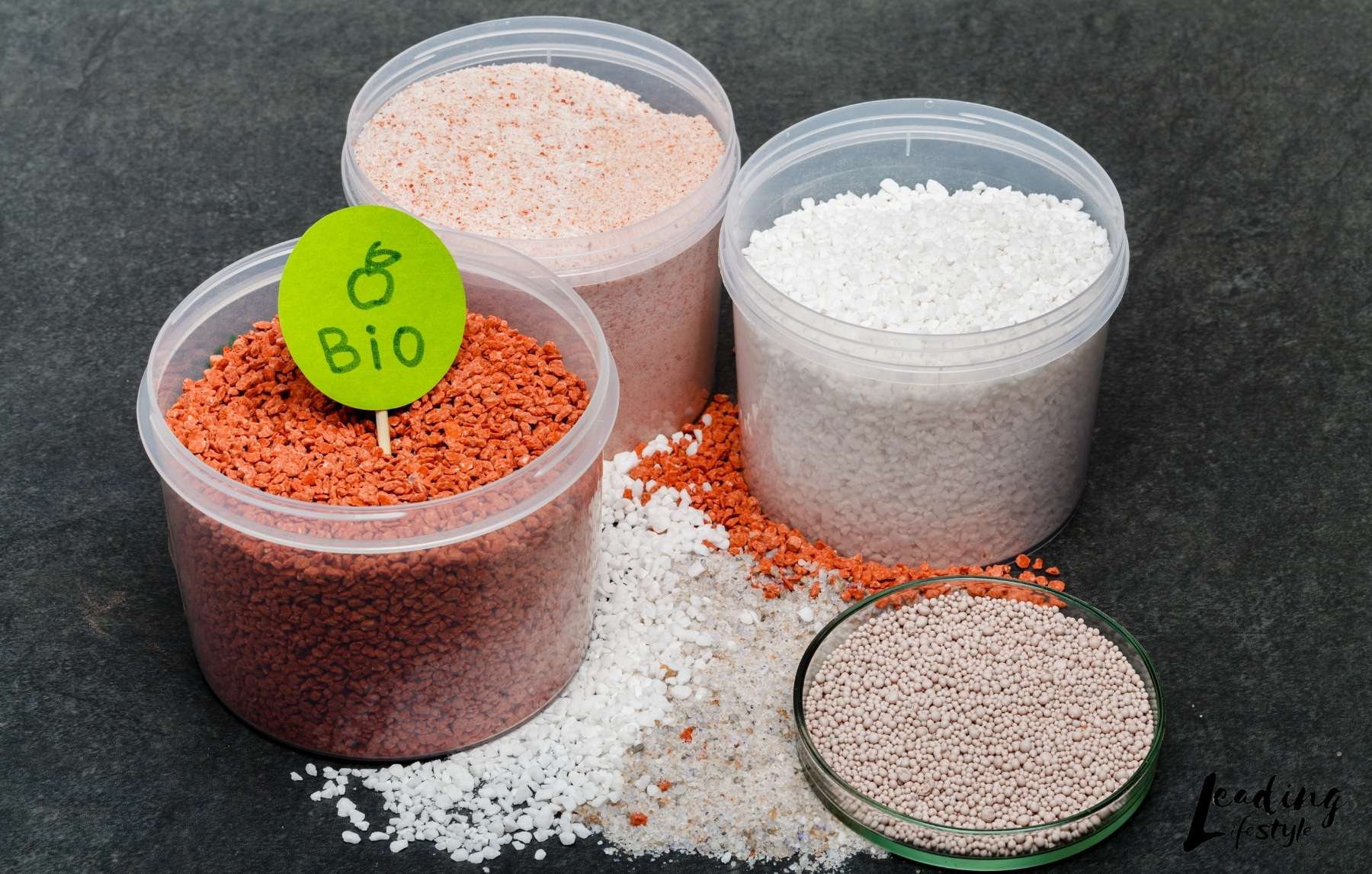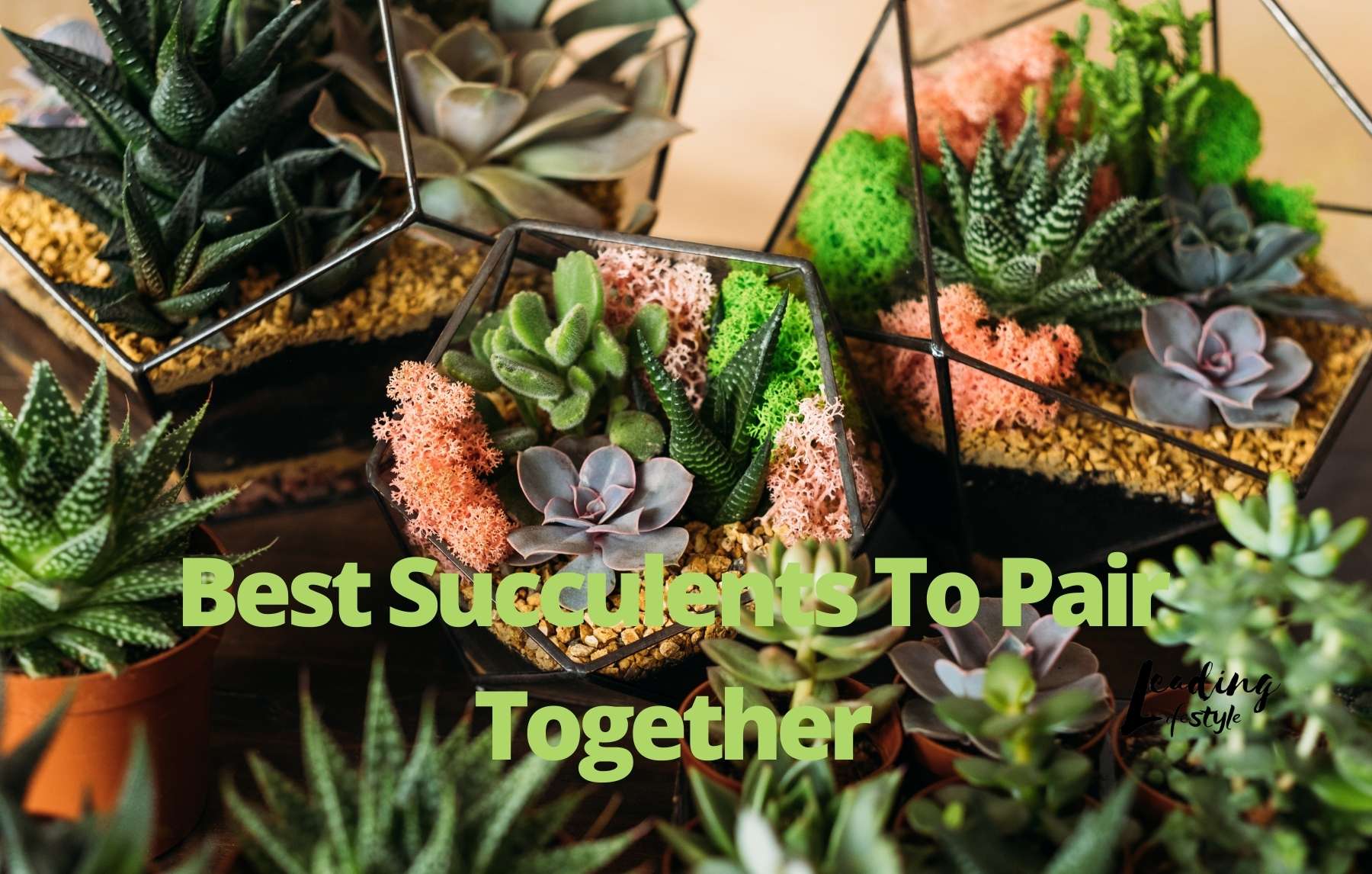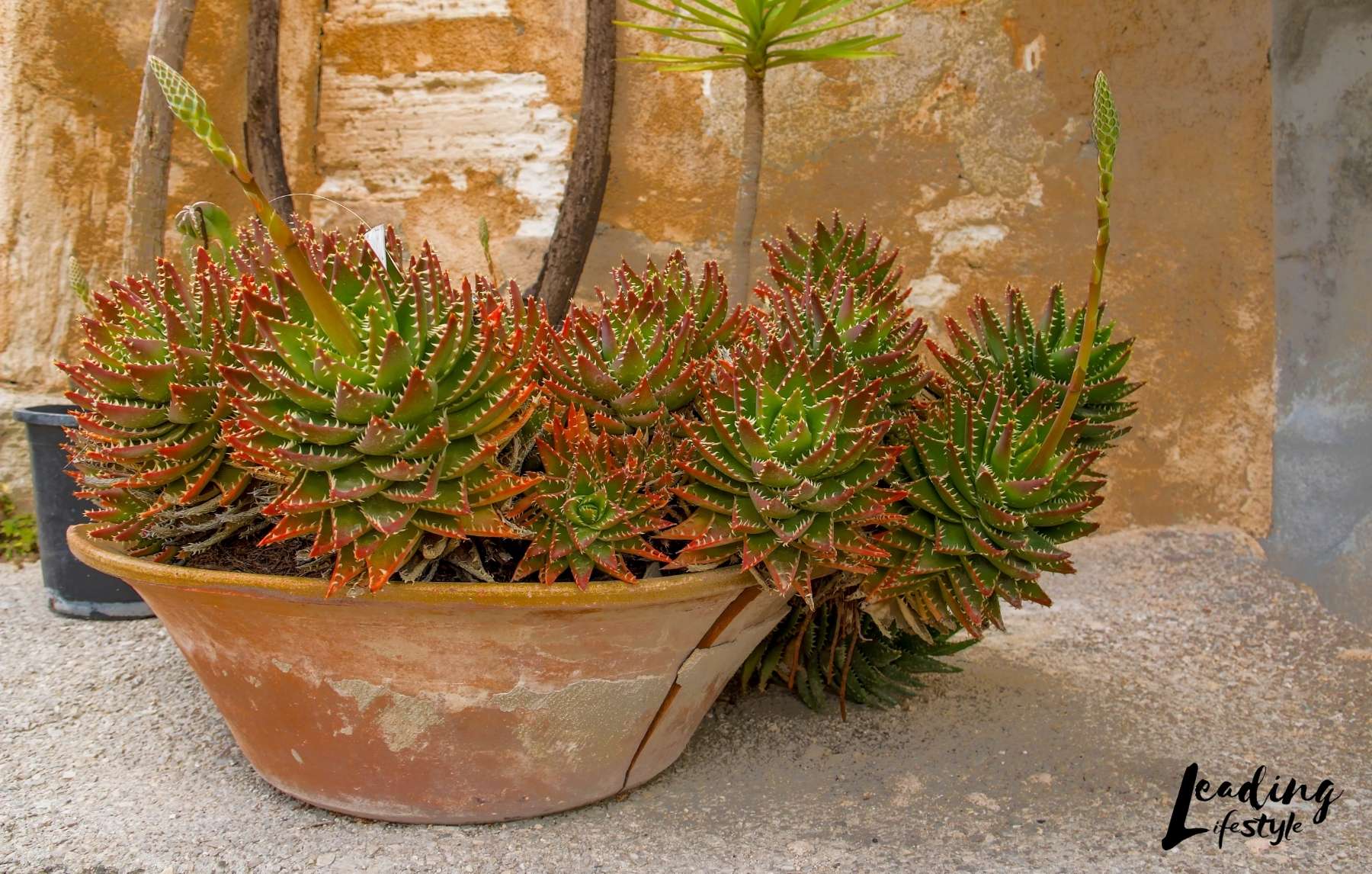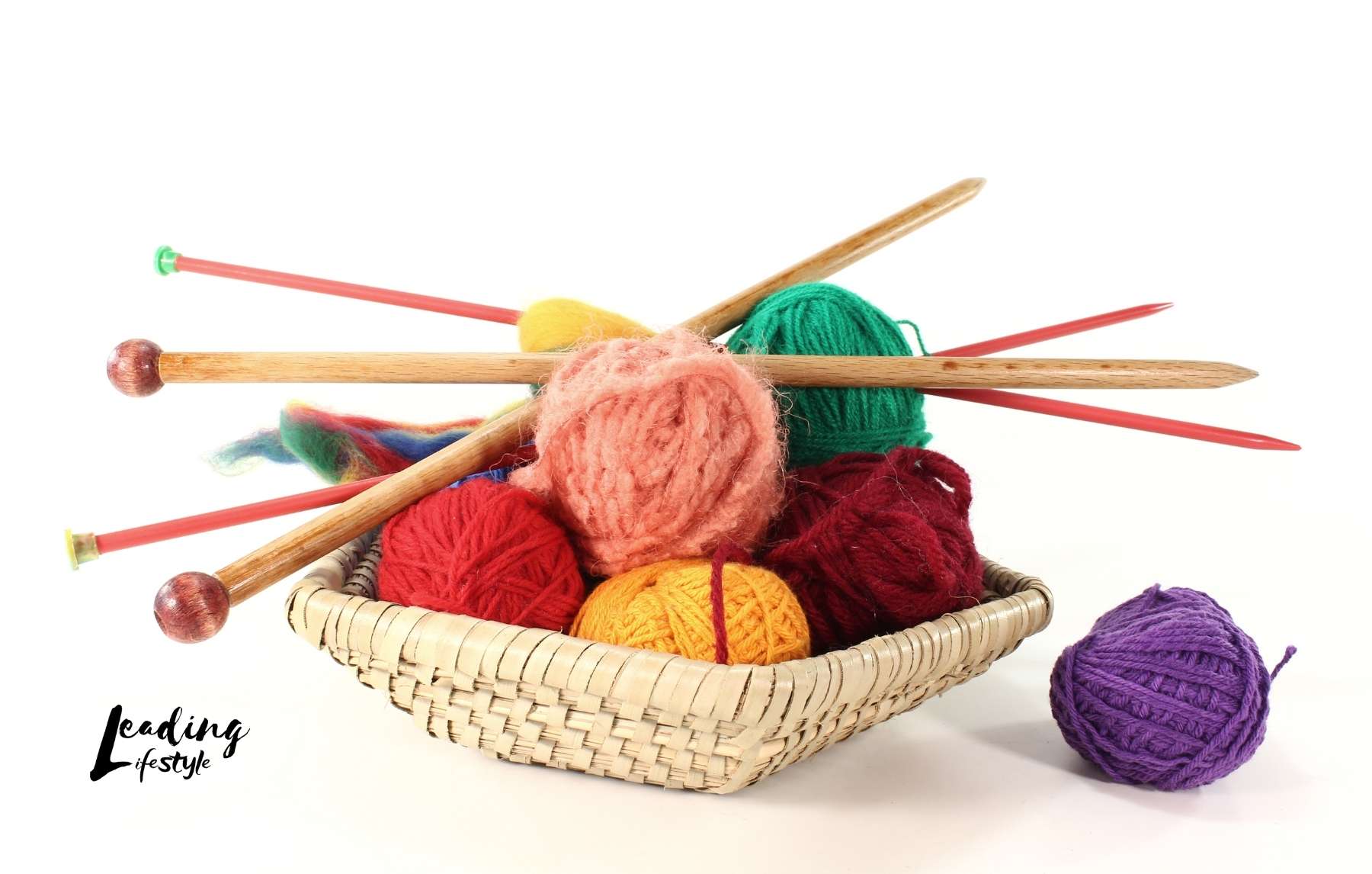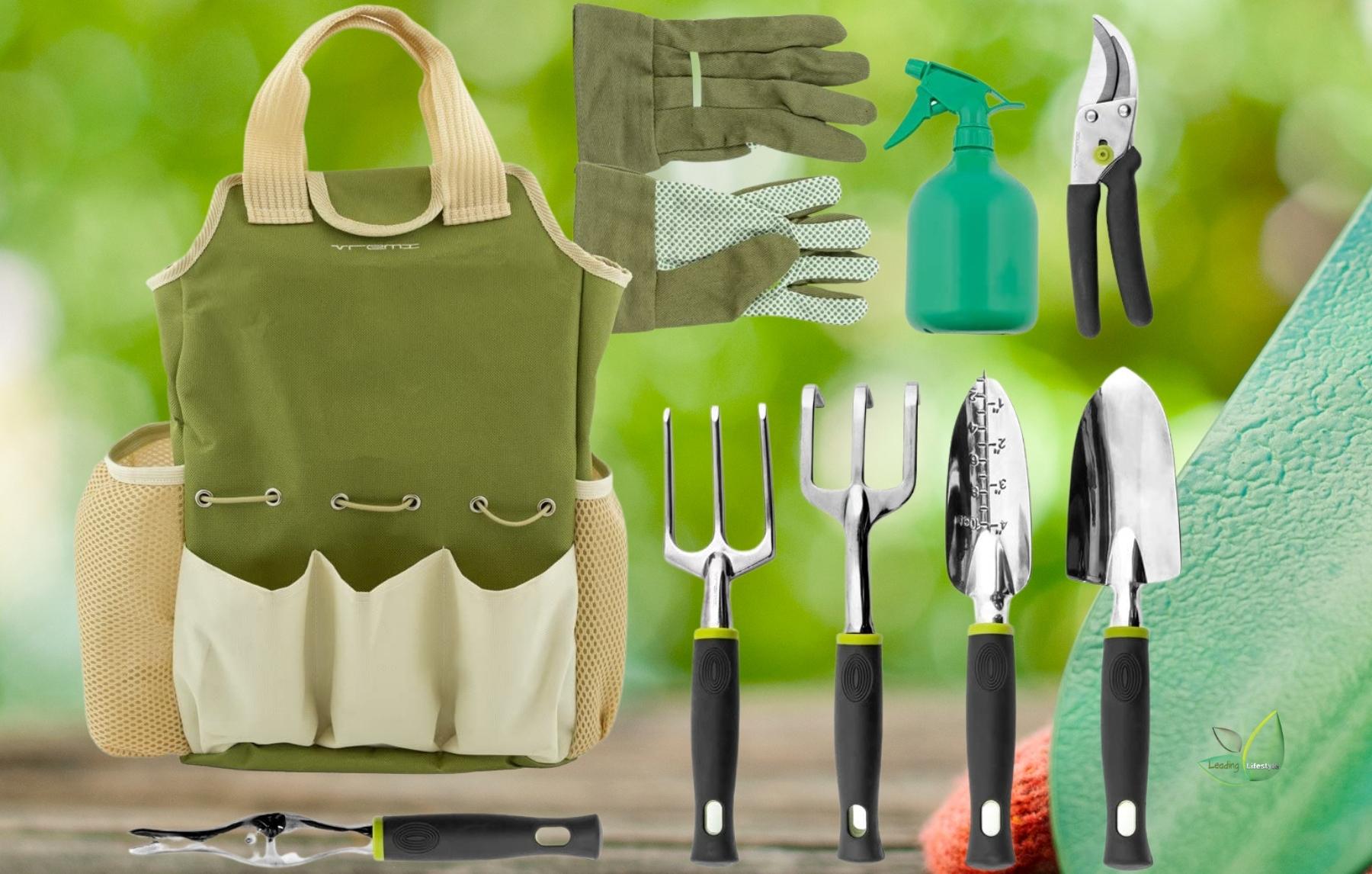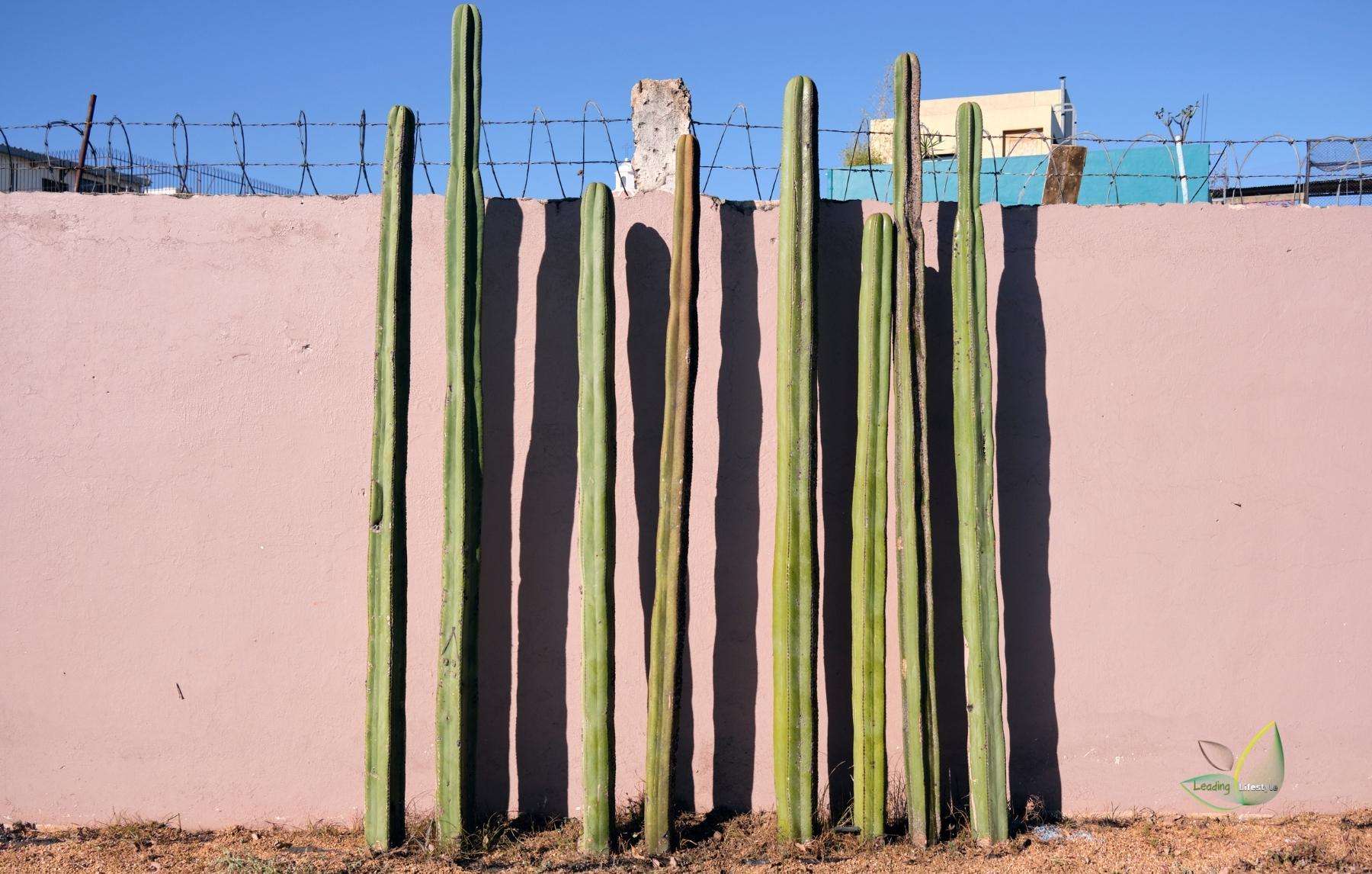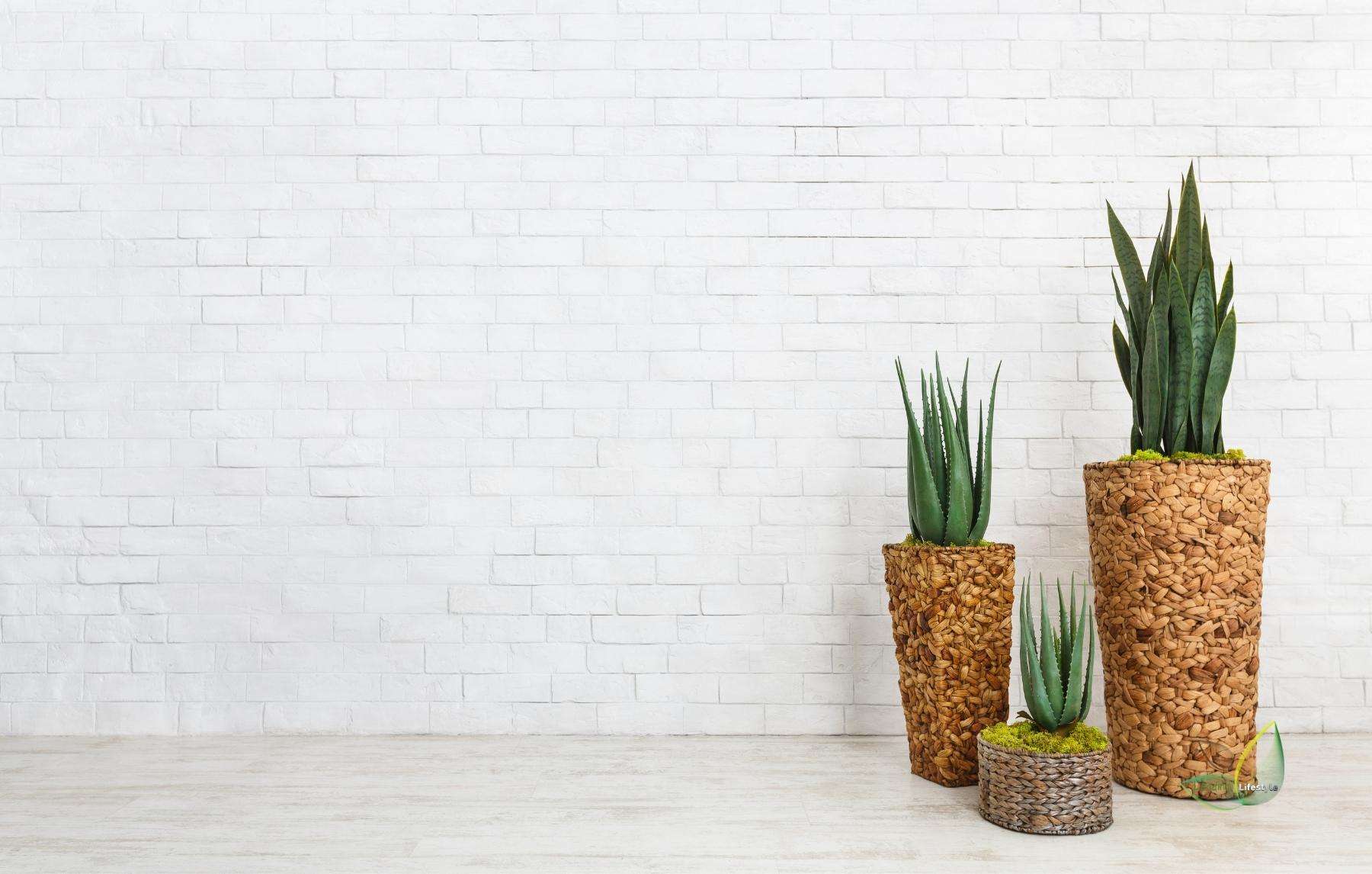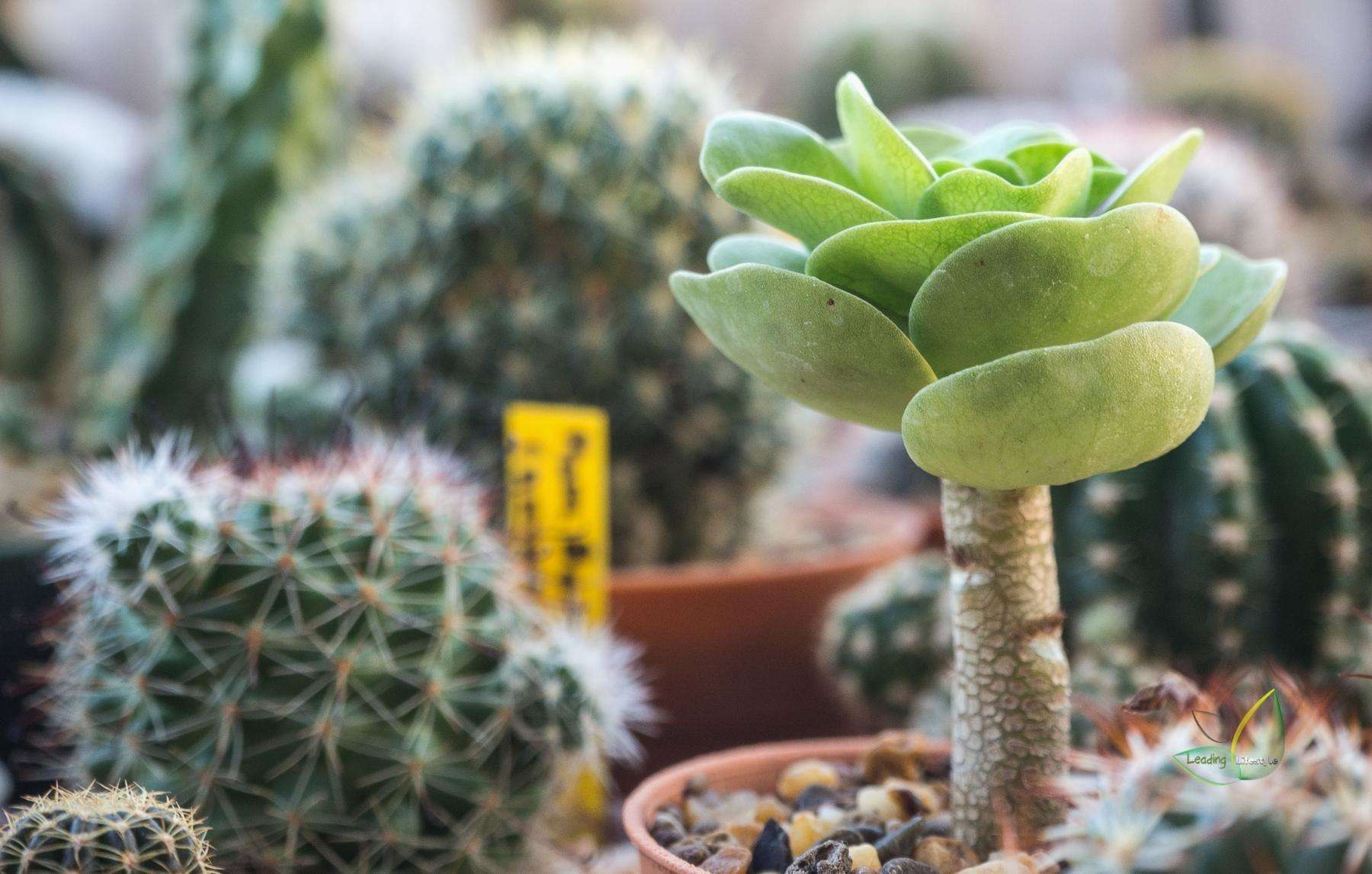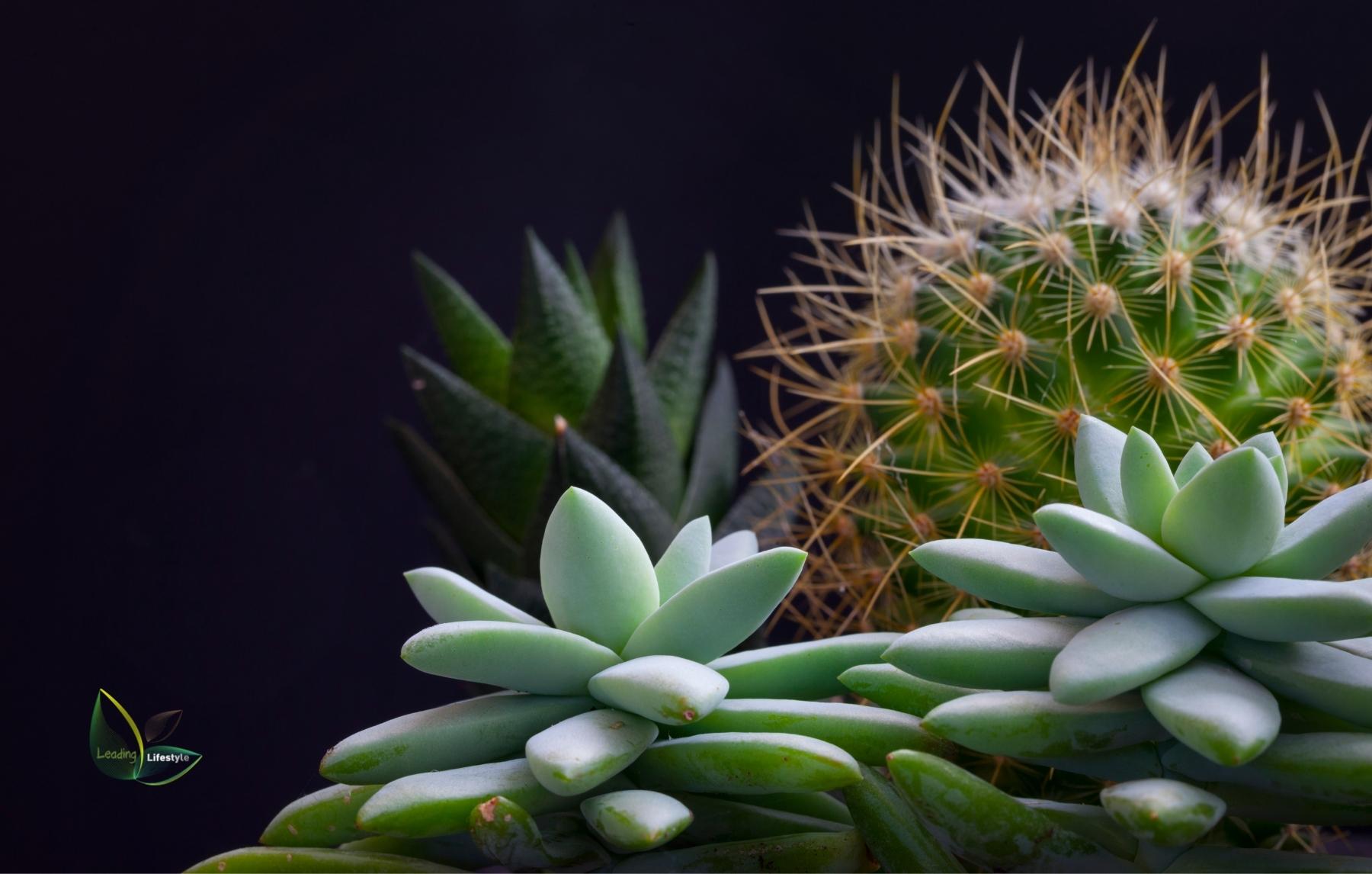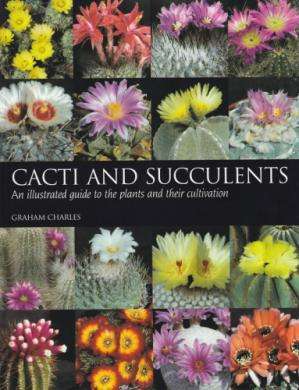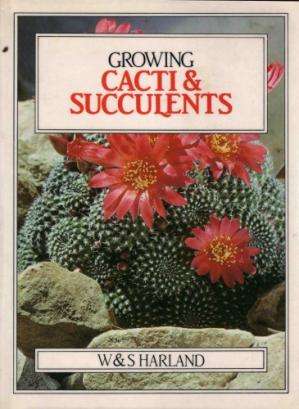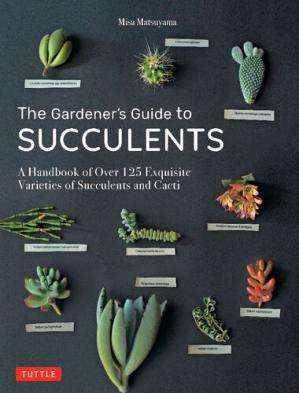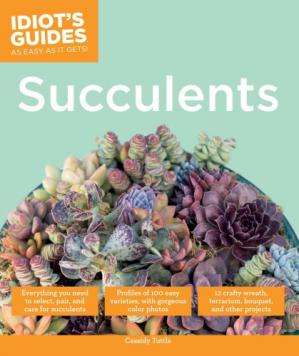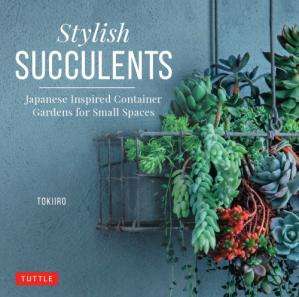The best cactus soil is a quick-draining, low-fertile potting mix composed of organic and inorganic ingredients.
The best cactus soil mix should contain perlite, gravel, grit, or crushed granite to aid soil aeration.
Indoor cactus plants need a different mix of potting soil than normal houseplants because they need soil that quickly drains not to get too wet.
Making your cactus soil is simple and less expensive than purchasing a commercial cactus potting mix.
In this post, we’ll discuss some of the best potting mix characteristics and how cacti plants react to different types of soil.
Additionally, we will discuss the dangers associated with using poorly draining soil and how to get the most out of your Cactus.
Continue reading to learn everything there is to know about the cactus potting mix.
What is a potting mix?
A potting mix is a mix of organic and inorganic ingredients composed of perlite, gravel, grit, or crushed granite to aid soil aeration. It helps increase soil air capacity, which is important for indoor cactus plants.
In this post, we’ll discuss some of the best potting mix characteristics and how cacti plants react to different types of soil.
Additionally, we will discuss the dangers of using poorly drained soil and how to get the most out of your cactus.
Making your cactus soil is simple and less expensive than purchasing a commercial cactus potting mix.
In this post, we’ll discuss some of the best potting mix characteristics and how cacti plants react to different types of soil.
Why Does Cactus Require Special Soil?
Cactus plants require a special soil type, as regular plant soil retains excessive moisture.
The roots of the cactus plant benefit from a light, porous potting mix because it allows them to soak up the moisture they require without holding on to it.
If you overwater your Cactus, be sure to let it run off into the drainage system. This ensures that the cacti receive adequate hydration and are protected from rot and fungal diseases.
Cactus potting soil is similar to succulent potting soil, except it contains more inorganic matter. A cactus potting mix includes gravel (or grit) and organic compounds that let water drain quickly rather than become wet. Because cacti live in dry, arid places that don’t get a lot of rain, their potting soil must dry quickly.
Cactus plants need a well-draining mix and have a lot of air in them to grow and stay healthy.
The cactus potting soil mix should drain well so that you don’t have any problems growing cacti indoors and outside.
It’s simple to make your Cactus potting soil at home. To make rich, dark soil for your cacti and succulents, mix one-part gravel with one part peat moss and some water. This makes soil drains well, supports your plants, and is easy to care for.
pH levels are very important in the soil where cacti grow.
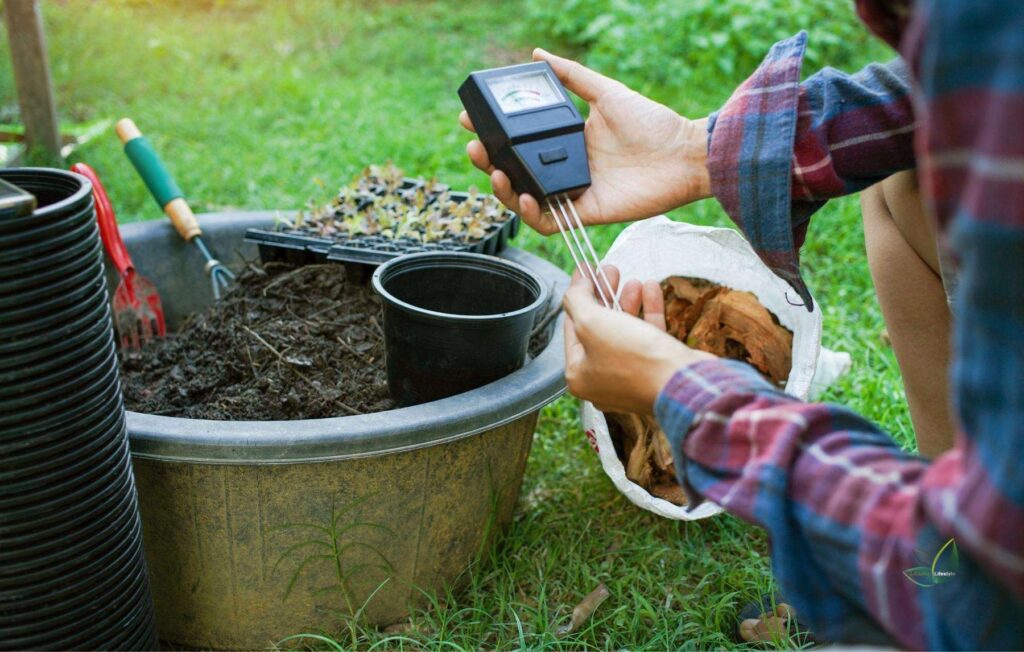
Almost all cacti grow and thrive in acidic soil. Certain cacti species require more acidic soil than others. Generally, you want to keep the pH of the cacti soil mix between 5 and 6.
Epithelantha, or button cacti, thrive in an alkaline soil mix with a pH of 6.5.
However, any soil mixture with a pH lower than 4 and greater than 7-7.5 will kill cacti. This kind of soil mix isn’t good.
You can make a soil mix with peat to make it less acidic if the pH level is too high.
However, because there are various types of peat, but some are more acidic than others, you must add it gradually, mix, and check again.
To figure out the soil’s pH level, you can use a measuring device that tells you how much moisture and light there is in the ground.
Why Ordinary Potting Soil is Harmful to Cactus?
Because it retains moisture for an extended period, regular potting soil is insufficient for growing Cactus.
There is a risk that cacti and succulent plants will get root rot and sick if they get too much water.
Peat, compost, or bark are the main ingredients in most potting soil for houseplants. Cactus plants don’t like this kind of soil because it keeps water in.
Another reason to avoid using standard houseplant potting soil to grow cacti is that it compacts rapidly. Because the dense soil structure takes longer to dry, the damp soil begins to rot the cactus roots.
Additionally, compacted soil has inadequate drainage. If your Cactus potting soil mix remains damp for more than a few days, you should lighten it just by introducing additional grit, perlite, or gravel.
Why is it necessary to have good soil for cactus?
Probably, you already know how Cactus have found a way to store water in their waxy coatings as well as soft tissues.
The roots of desert cactus also have adjusted, hence why you must use a potting mix that dries quickly.
When cactus roots become saturated with water, they are prone to rot. They can retain water for an extended period due to their shallow, spreading roots. Their root system enables them to absorb enough water to sustain them for an extended period.
If there is a change in the water supply, the roots can quickly adapt. These plants can quickly get water because they are, but they can quickly die if you don’t have the right soil mix.
Therefore, it is critical to ensure that your soil mix meets all requirements.
Which Soil Type Is Best For Cactus?
Soil is a big part of making sure your plant gets better results. You need to determine the best soil for your plant to do this.
A healthy cactus soil should drain quickly while retaining the appropriate moisture level to nurture the plant when necessary.
Cacti plants make excellent indoor and outdoor plants with their striking appearance and vibrantly colored flowers.
These plants thrive in warm, dry climates and require little maintenance compared to other plants.
Cacti plants are relatively simple to grow indoors if they receive adequate light, water, and potting soil.
Thus, what type of soil is optimal for the Cactus?
Generally, cacti plants thrive in porous, pebbly, or sandy soil. This type of soil drains well and allows for air circulation.
In general, this soil isn’t very special. It’s just a little different from normal soil in some way.
Additionally, the perfect spoil must contain sufficient organic matter to provide nutrients to the plant as it decomposes. Another thing organic material does is hold water so that the soil doesn’t dry out right away after being watered.
Should I purchase or make my own cacti soil?
Even if you are a beginner, you should make your cacti soil.
The issue with Cactus potting mixes is that they are not all-purpose. It’s a good idea to make your soil and play around with it to see if you can grow cacti in the future. When conducting experiments, adhere to general guidelines.
Generally, making your cactus soil mix is less expensive than purchasing a bag of potting mix. This is particularly true if you’ve got a large number of plants.
However, if you choose to purchase cacti soil, ensure it is appropriate for your cacti group (desert, jungle, and others).
If you don’t have a lot of cacti, don’t have time to make your soil, or don’t want to experiment, it’s a good idea to purchase ready-made potting mix (and potentially kill a few plants during this process).
All cacti enthusiasts experiment with different soil mixes to determine which ones work best for them. Several different soil mixes are available for your cacti, including the following:
- This Bonsai and Cactus Gritty Mix is like this.
- Succulent and Cactus soil mix that is soil-free – you can add some sand for desert cacti and charcoal.
- Cactus soil mix that contains coir, perlite, pumice, sand, and state
The texture of the soil is essential for cacti.
A mixture of coir, perlite, pumice, sand, and state for cactus soil. The soil texture is essential for cacti.
Different cacti require a different medium/soil to grow in. The medium will be similar, but the soil mixes will vary slightly for desert, epiphytic, and lithophytic cacti, among others.
Cacti require a specific soil composition and texture, apart from specific soil ingredients.
- Cactus soil must be light and airy, particularly when wet.
- Cactus soil must be porous and allow for adequate drainage and airflow.
- Additionally, the soil mix should absorb and re-wet the water thoroughly.
- Additionally, most desert cacti grow naturally in soils deficient in nitrogen.
Nitrogen can make your Cactus grow quickly if too much in the growing medium. This can cause the stem to stretch and the spines to become weak.
If you want to grow cacti in soil that doesn’t have any manure in it, you’ll get fungus that the cacti roots can’t fight off.
Additionally, except for epiphytic cacti, avoid using organic fertilizers on cacti.
The Best Soil Mix for Cactus
To make your cactus soil, you should mix 1/3 peat moss, bark chips, compost (organic matter), 2/3 perlite, pumice small stones, or other inorganic matter (like gravel).
The ideal cactus potting soil mix contains two-thirds organic and one-third organic materials.
To create the ideal cactus soil, begin with potting soil high in organic matter. Then incorporate grit and perlite to aid in drainage and aeration, resulting in an ideal cactus growing medium.
There needs to be some organic matter in the soil to keep the plant’s roots well-hydrated, but not too much it becomes too wet. Peat moss or compost are good examples of organic matter.
Organic ingredients are nutrient-dense, which is beneficial for Cactus and succulent plants. But keep in mind that peat and compost take time to dry out, and moisture can kill cactus plants, so be careful.
You can quickly turn potting soil into the right mix for growing plants like succulents and cacti, called potting mix. It will help the soil drain better and allow more water to evaporate faster if you add gravel, perlite, pumice, small stones, or grit.
The best ingredients for cactus soil
- Peat – is a primary ingredient in cacti soil mixes. Peat increases the porosity of the cacti soil mix and lowers the pH levels. The only disadvantage that peat may have is difficulty re-wetting the soil.
- Pumice/perlite – use one of these ingredients to increase the airiness of your soil mix. Perlite is typically more readily available and easier to locate. One of these ingredients is necessary to allow water to percolate through the soil mix.
- Gravel/lava rocks – gravel or other coarse rocks make the soil mix loose and airy.
- Sand – sand will also contribute to the airiness of your cacti soil. Ensure that you select coarse sand.
- Potting soil – To combine the other ingredients, you need potting soil. You can either purchase ready-made standard potting soil or make your own by combining peat and sand.
- Coir will aid in retaining moisture in the mix and add structure.
- Peat moss – This type of turface is made of high-fired calcined clay. This ingredient will aid in soil drainage and water flow. You may use it in place of gravel or other rocks.
- Charcoal – charcoal acts as a soil conditioner, absorbing impurities and preventing disease.
What Is Regular potting soil?
One of the DIY cactus potting soil ingredients is a regular potting mix. Most homemade cactus soil mixes begin with all-purpose, regular potting soil.
Your potting mix’s soil must be sterile and fresh. When the organic ingredients are wet, the cactus roots can get enough moisture.
Additionally, it should dry quickly to avoid root decay and damage. Make sure you don’t take soil from the garden when choosing the right potting soil!
Backyard soil may be infested with pests, insects, diseases, or other problems. You want to avoid introducing houseplant pests such as mites or gnats into your home, where they can infiltrate your other houseplants.
To create a homemade cactus potting mix, begin with regular potting soil. Then, add coarse ingredients like grit, gravel, or perlite to make cactus soil that drains well.
Perlite or pumice
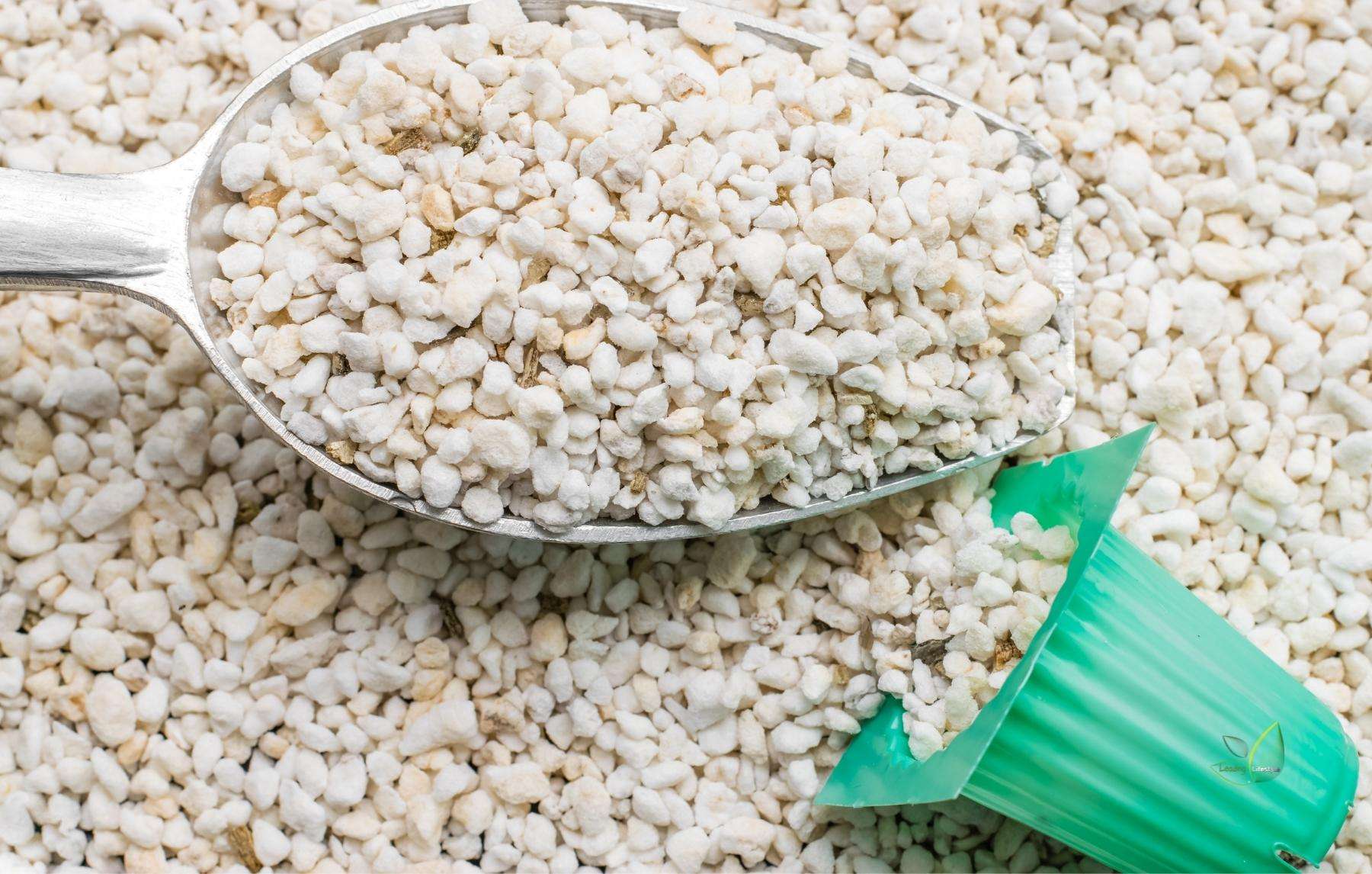
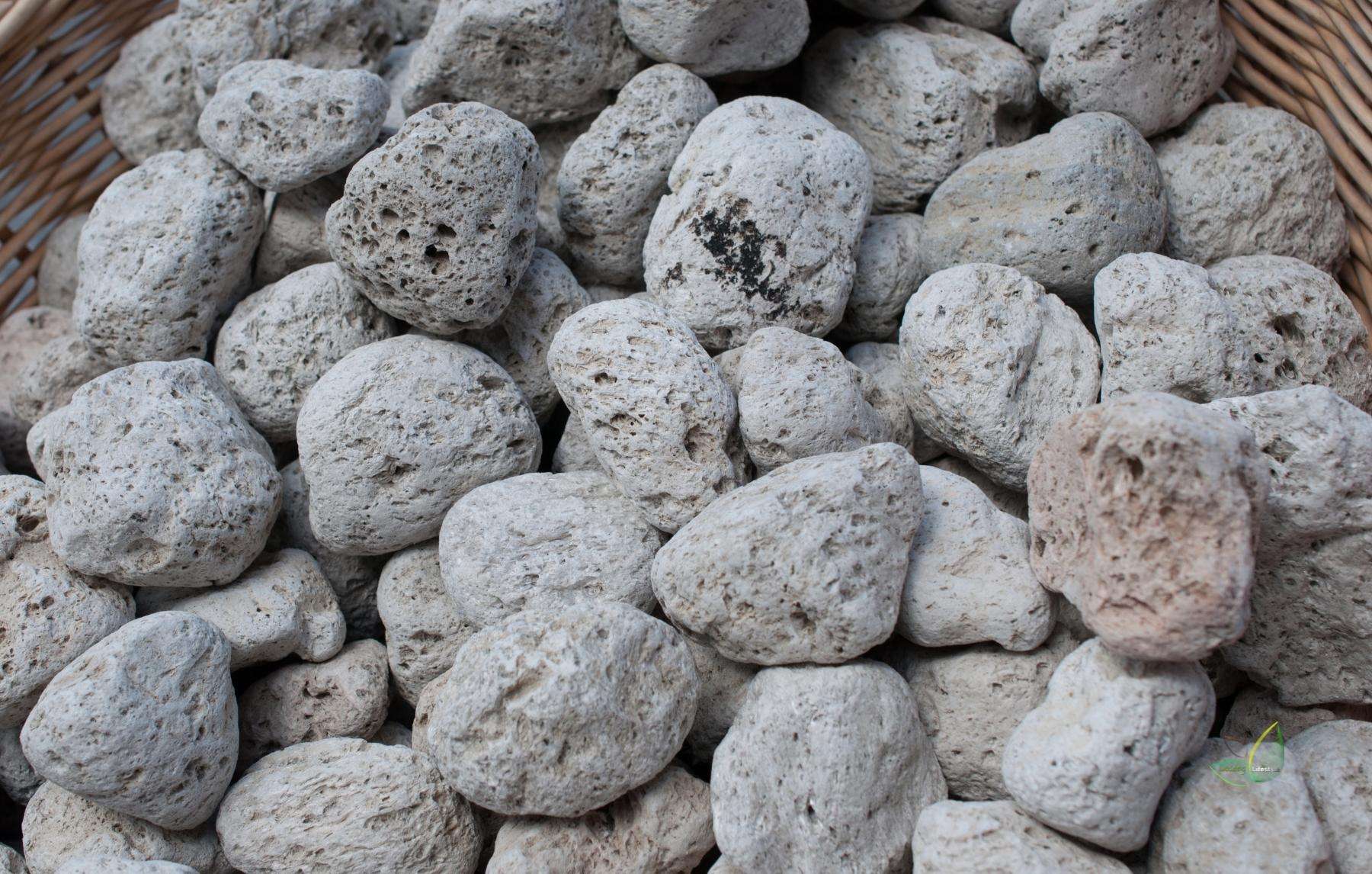
Pumice (right) and perlite (left) Perlite is a mineral that occurs naturally and is frequently used as a soil amendment.
Because perlite is porous, light, and airy, it benefits cactus soil. The small white mineral fragments open up the potting mix, allowing improved air circulation, drains, and root growth.
Perlite is a volcanic substance that resembles small Styrofoam balls. The perlite gravel is warmed to massive temperatures during the manufacturing process, to the point in which it puffs up like popcorn. No synthetic or chemical materials are used during the processing. As a result, perlite is an excellent medium for organic gardening.
Cactus soil mixes often include pumice, another volcanic substance. Close up, small pieces of pumice have a porous appearance due to the lots of tiny gaps. It also helps to add pumice to the potting soil to make it easier for desert plants, cacti, and succulents to grow in.
Premium Perlite
Horticultural Pumice
As with perlite, pumice creates an oxygenated potting mix that drains well. It is more popular to use perlite for a cactus soil mix than pumice, a type of soil amender. Perlite is generally less expensive than pumice and readily available in garden centers.
Grit or gravel
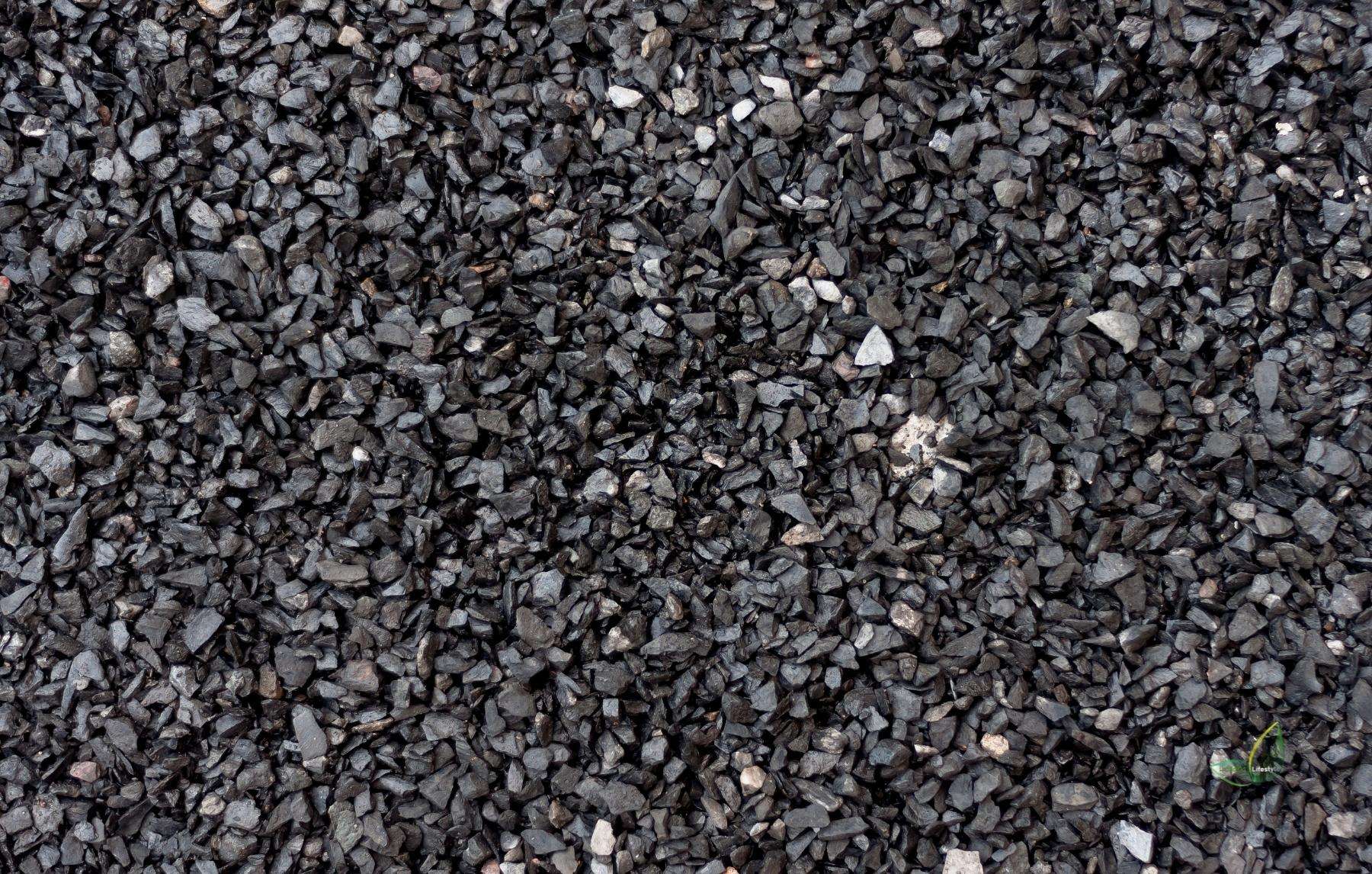
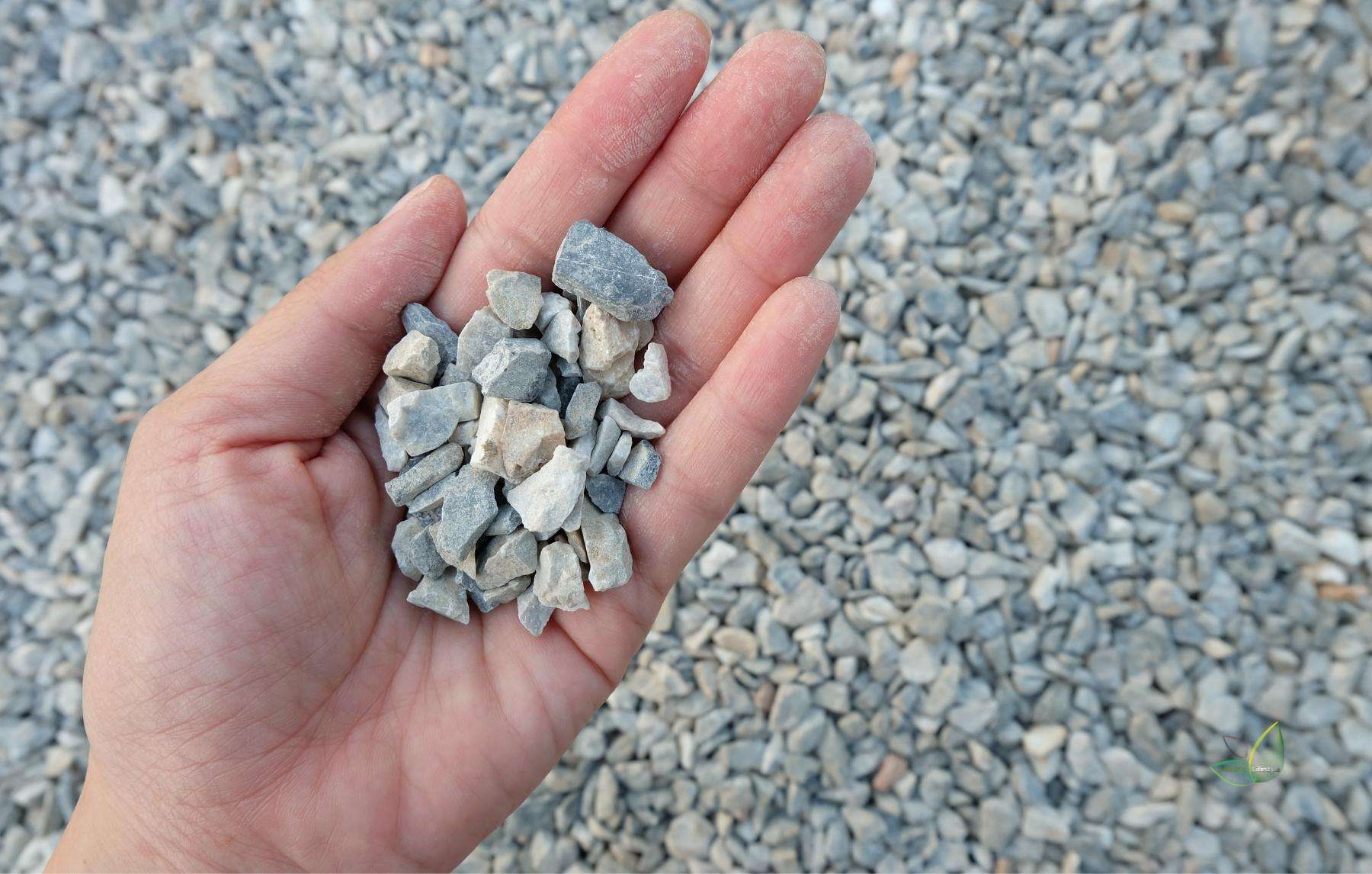
The other essential factor of a well-draining cactus potting mix is grit or gravel.
Additionally, you can amend the soil with poultry grit, aquarium gravel, crushed limestone, or marble fragments.
Ideally, you can add any inorganic substance as long as it does not retain water and does not contribute to the formation of aerated soil.
Coarse horticultural sand can be used in your Cactus potting mix. Keep away from beach sand or sandbox sand. Beach sand is insufficiently fine to create a draining potting soil. Additionally, it may contain insects and other vermin that may infiltrate your cacti and succulents.
Gravel or grit is usually available at most garden centers, home improvement stores, DIY stores, and online stores. You can also buy it from your local garden center or online store.
Gritty Mix
Smart Gravel
Decorative rocks for cactus container gardens
Additionally, you can embellish the surface with decorative rocks.
However, ensure that they do not obstruct water flow or saturation. This is frequently the case with cacti that are watered from the bottom.
Decorative Rock
So, how do you make your cactus soil?
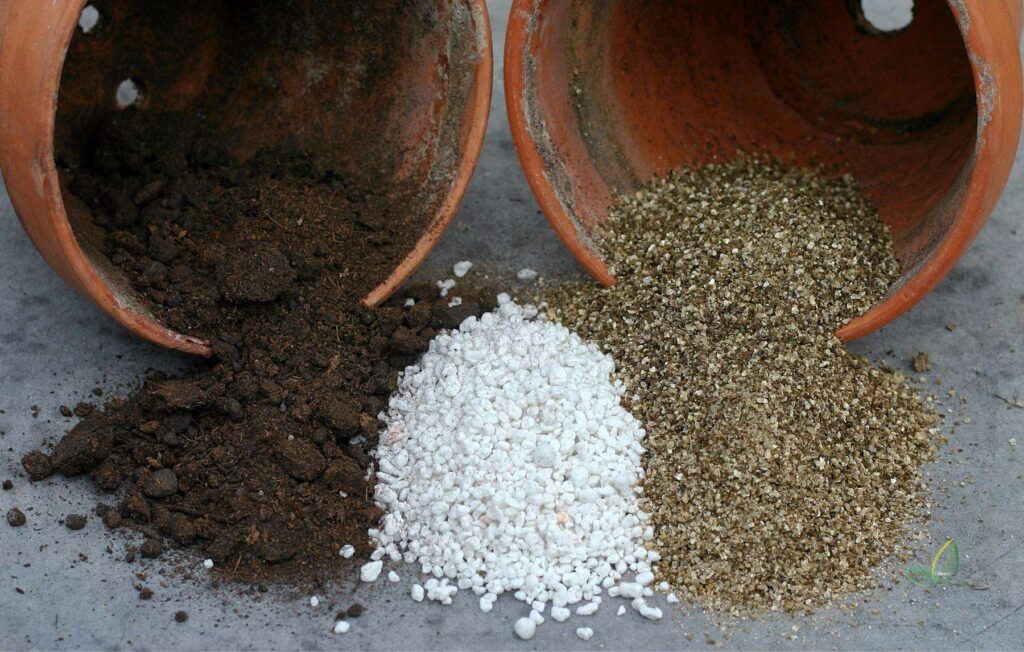
Now that you have a firm grasp on the fundamentals of creating your own cactus soil, it’s time to get started. To start making your own cactus soil using this formula, you’ll need the following ingredients:
- 3 parts potting soil, 1 part peat moss
- 3 parts coarse sand/3 parts turface/3 parts poultry grit/3 parts gravel
- 2 parts perlite/1 part pumice
The term “part” refers to a generic unit of measurement used in this formula to describe the ratio of potting mix. Make sure you use the same type of container to measure each “part” of your ingredients, no matter what type of container you use.
For example, if you use a scoop to measure “one part,” be sure to repeat the scoop twice for “two parts” and three times for “three parts.” Thus, if you’re measuring in cups, this recipe equals 3 cups regular potting soil, 3 cups coarse sand/turface, and 2 cups perlite/pumice.
Creating a cactus soil mix
Once the ingredients have been measured correctly, you can move to the next phase of cactus soil preparation: mixing. We’re ready to get started, so put on your gardening gloves now.
The first step is to wet the regular garden soil. This will keep the dust from bringing out of the bucket or mixing bowl. The following step is to mix sand into regular garden soil thoroughly.
Stir and combine the two ingredients with your hands to achieve the best results. For a minimum of seven minutes, combine all ingredients in a mixing bowl.
Now add the perlite or pumice that has been measured to the mixture. Stir and mix thoroughly, just as you did after adding the sand. Mix for a minimum of five minutes.
You now have healthy cactus soil, but you must determine its pH level. Therefore, collect a small sample and bring it to the pH meter.
If the pH is lower than or higher than the recommended levels, consider adding a small amount of peat to the mixture, stirring thoroughly, and taking another reading. If the pH level is not what you want, repeat the procedure until it is.
Excellent work! You’ve just made your first batch of cactus soil. As a result of the procedure outlined above, you should now understand how simple it is to prepare cactus soil. Using the right ingredients and getting the correct measurements is all that is required.
You can always make your cactus soil if you use the right ingredients and follow the correct measurements. You can use it for potting, propagating, repotting, or even storing it for future use. It’s important to remember that the soil must be completely dry before you pot your plants.
Cactus Soil for Outdoor Use
The soil requirements for outdoor planting of cacti are identical to those for potting soil mixes. Cactus plants planted in the ground require a light, porous medium composed primarily of gravel or small stones.
However, because cacti grow outside, the soil isn’t very well-drained. Outdoor cactus plants receive the most sunlight and airflow than indoor potted cacti. This means that the soil’s moisture evaporates more quickly. Also, more soil means that drainage problems don’t hurt outdoor cactus plants as much.
Cactus plants thrive best in elevated rock gardens. The rocky soil drains quickly, and the raised berm or succulent garden prevents water from pooling around the roots. Second, you can change the backyard soil where you grow Cactus by adding lots of grit or gravel into your cactus garden.
Assure that the cactus plants receive adequate sunlight and that the cactus bed drains properly.
During the summer, you can grow cacti in pots outside if you live somewhere that isn’t very warm. Then, as the temperature begins to fall, bring the cactus pots inside and put them in a sunny location.
The Best Cactus Potting Soil Mix to Purchase
The Best Cactus Potting Soil Mix to Purchase It’s possible to buy pre-made cacti soil instead of making your DIY potting mix.
You can buy packets of commercially-made cactus mix with all the ingredients you need to grow Cactus.
Three types of cactus soil mix are available for purchase:
Cactus Soil Mix from Sun-Gro Horticulture – There is forest humus, perlite, and pumice in this soil mix. Sand and pumice are also in this mix. This blended soil isn’t too rich for cactus plants because it also has a lot of inorganic matter that helps the soil drain very well.
Fast Draining Cactus Soil Mix — This cactus soil mix is light and well-draining, making it ideal for all types of Cactus. The soil mix comprises a lot of substrates and a lot of perlite with very little fertilizer in it.
Bonsai Jack — You can use this grittier soil mix to grow cacti indoors because it has large pieces of calcined clay and small pieces of bark that aren’t too big. Due to the superior drainage provided by this cactus and bonsai mix, it is incredibly difficult to over-water your Cactus.
Repotting Cactus in New Potting Soil Mix
If you want to properly take care of your cacti, move them right after buying them. This will help them grow healthy.
It would be best to plant cacti immediately upon arrival in a fresh potting mix.
Cactus plants are rarely sold in the best soil; they are typically sold in regular potting soil. Additionally, you cannot be certain of the soil’s freshness or the presence of pests.
Another reason to repot your Cactus is to avoid root entanglement. Cacti are typically sold in small containers that are often insufficiently large for the plant. Repotting into a slightly larger container provides more room for the roots to grow and improves soil drainage.
It’s simple to create a homemade cactus potting soil mix. To make sure your succulents grow well and have big, juicy leaves, repot them into a new, clean potting mix.
Transplanting a Cactus in New Potting Soil
Every two to three years, repot fast-growing cactus plants. It would be best if you moved Slower-growing cactus varieties once each 3 to 4 years. Check to see if the bottom of the pot has drainage holes. Choose one that’s a little bigger than the one you’re using now. When the cactus roots begin to protrude through the drainage holes, it is time to repot. The following are instructions for repotting a cactus:
- Take the Cactus out of its pot.
- Make sure there are no brown soggy or dead roots by shaking the soil off the roots. Trim them if they are.
- Repot the Cactus in a new container filled with a clean cactus soil mixture.
- Thoroughly water and put the cactus pot in a bright, sunny location.
How to water cactus properly
To avoid overwatering your Cactus, water it only when the soil is arid. You should water cactus plants thoroughly by soaking the soil. Allow all extra water to flow out of the pot’s bottom. Water the Cactus only when the potting mix dries completely. You may need to water a cactus as frequently as once a week during the summer. Cacti are drought-tolerant plants that despise excessive watering. Therefore, water the plants according to the soil’s dryness. The room temperature, the amount of sunlight, the humidity level, the season, and the type of Cactus all affect how frequently you should water cactus plants. The mistake of watering at the same time every day is bad. When it’s hot outside, you should water your Cactus every seven or fourteen days. If your cactus plant doesn’t get water for a long time during the winter, it will diIt’semember that cacti have succulent leaves that store moisture. It is preferable to understand the advantages and disadvantages of carefulness and water cactus plants infrequently rather than excessively.
How Do I Know Whether My Cactus Need a Different Soil?
Your homemade cactus soil may not always be suitable for your plant. Bear in mind that various species of cacti thrive in a variety of soil types. As a result, before you begin preparing your soil, you must first understand your plant’s natural habitat and soil type.
If you notice a decrease in your plant’s health since potting it in your DIY soil, this could indicate a problem. Unfortunately, it may be too late by the time you notice signs of stress in your cactus.
Ensure that your soil is of the correct type to avoid this problem. Use a mixture of fine sand, grit, perlite, and regular garden soil for desert species. However, if you have tropical cacti, add a lot of peat to your soil.
Final Verdict
The money and time you save by making your soil for your cactus can be huge. Indeed, homemade soil is superior to commercial potting mixes because you fully affect the number of ingredients used. The procedure is also simple to follow.
Now that you’ve mastered the art of creating your cactus soil, it’s time to get outside and enjoy gardening!

